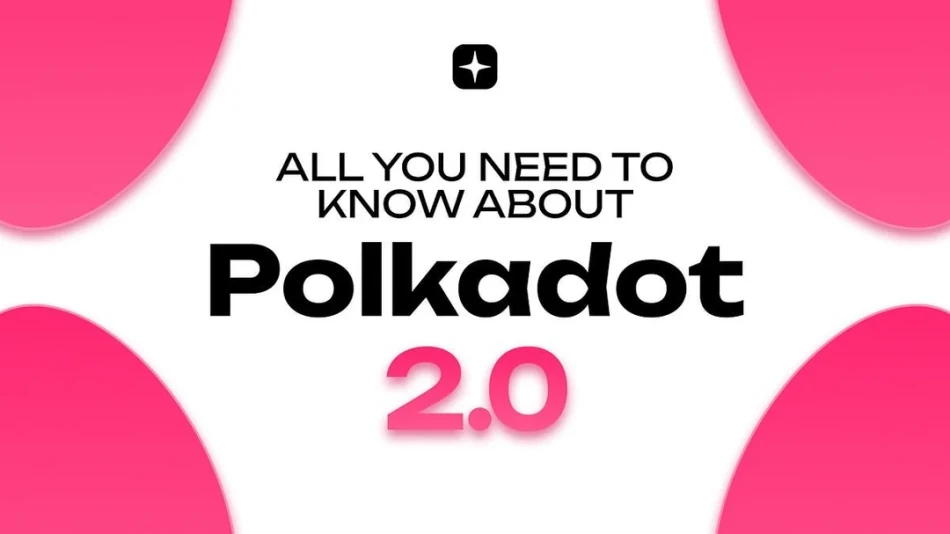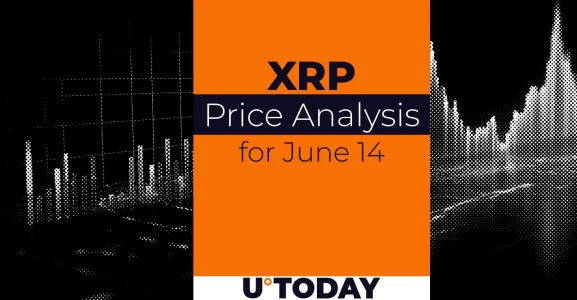
Polkadot 2.0: The Network Renaissance - A New Era of Blockchain Scalability and Flexibility
Polkadot 2.0 introduces three revolutionary features: Asynchronous Backing (reducing block times to 6 seconds), Agile Coretime (flexible, on-demand resource allocation), and Elastic Scaling (dynamic capacity adjustment). These innovations double transaction throughput, democratize blockchain access through market-driven resource pricing, and enable real-time scaling. The upgrade transforms Polkadot into a high-performance platform that matches enterprise demands while maintaining decentralization, with major releases scheduled for Q2 2025.
Polkadot 2.0: The Next Evolution in Blockchain Infrastructure
The blockchain landscape is undergoing a seismic shift as Polkadot prepares to launch its most significant upgrade to date. Polkadot 2.0 represents a fundamental rearchitecture of the network's core infrastructure, addressing long-standing challenges in scalability, efficiency, and accessibility that have plagued blockchain technology since its inception.
Why Polkadot 2.0 Matters for the Blockchain Ecosystem
Unlike traditional blockchain upgrades that focus on incremental improvements, Polkadot 2.0 introduces three revolutionary concepts that could reshape how we think about distributed networks:
- Agile Coretime: Transforms static parachain slots into dynamic, on-demand resources
- Async Backing: Doubles network speed while quadrupling data capacity
- Elastic Scaling: Introduces cloud-like flexibility to blockchain infrastructure
These innovations come at a critical time when competing networks like Ethereum (with its Layer 2 solutions) and Cosmos (with its interchain security model) are pushing scalability boundaries. Polkadot's approach uniquely combines performance improvements with decentralized principles.
Breaking Down the Technical Innovations
1. Async Backing: Performance Breakthrough
Already operational since May 2023, Async Backing delivers measurable improvements:
- Block production time halved from 12 to 6 seconds
- 4x increase in block storage capacity (10MB to 40MB)
- Parallel transaction processing capability
For developers, this means applications can now handle more complex operations with near real-time responsiveness - a requirement for mainstream adoption.
2. Agile Coretime: Democratizing Access
Replacing the controversial parachain auction model, Agile Coretime introduces:
- Pay-as-you-go blockspace marketplace
- Dynamic resource allocation based on demand
- Reduced barriers to entry for smaller projects
This shift mirrors the cloud computing revolution, where projects only pay for what they use rather than committing to expensive long-term leases.
3. Elastic Scaling: Cloud-Native Blockchain
Scheduled for full deployment by Q2 2025, Elastic Scaling enables:
- Automatic resource scaling during traffic spikes
- Multiple cores working on single tasks
- True horizontal scaling capability
This positions Polkadot as the first blockchain that can dynamically adjust to workload demands like modern cloud platforms.
Real-World Implications
The Polkadot 2.0 upgrade carries significant implications across multiple sectors:
- For Developers: Lower costs and simplified deployment could trigger a wave of new dApp development
- For Enterprises: Enterprise-grade performance makes blockchain viable for more business applications
- For Investors: Improved fundamentals could enhance DOT's value proposition in a competitive market
Compared to Ethereum's Layer 2 solutions which introduce fragmentation, Polkadot's approach maintains a unified security model while achieving similar scalability gains.
The Road Ahead
With smart contract functionality expected in Q3 2025, Polkadot 2.0's complete vision will enable:
- High-frequency financial applications
- Complex gaming and metaverse environments
- Enterprise-grade supply chain solutions
As the blockchain industry matures beyond speculative use cases, Polkadot's technical roadmap positions it as a serious contender for real-world adoption. The network's ability to combine Ethereum's security, Cosmos' interoperability, and cloud-like scalability creates a unique value proposition in the crowded blockchain space.
While challenges remain in execution and adoption, Polkadot 2.0 represents one of the most ambitious attempts to solve blockchain's scalability trilemma without compromising decentralization. Its success could redefine expectations for what distributed networks can achieve.
Most Viewed News








